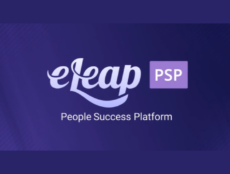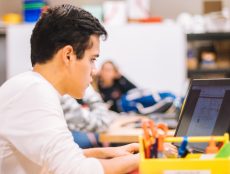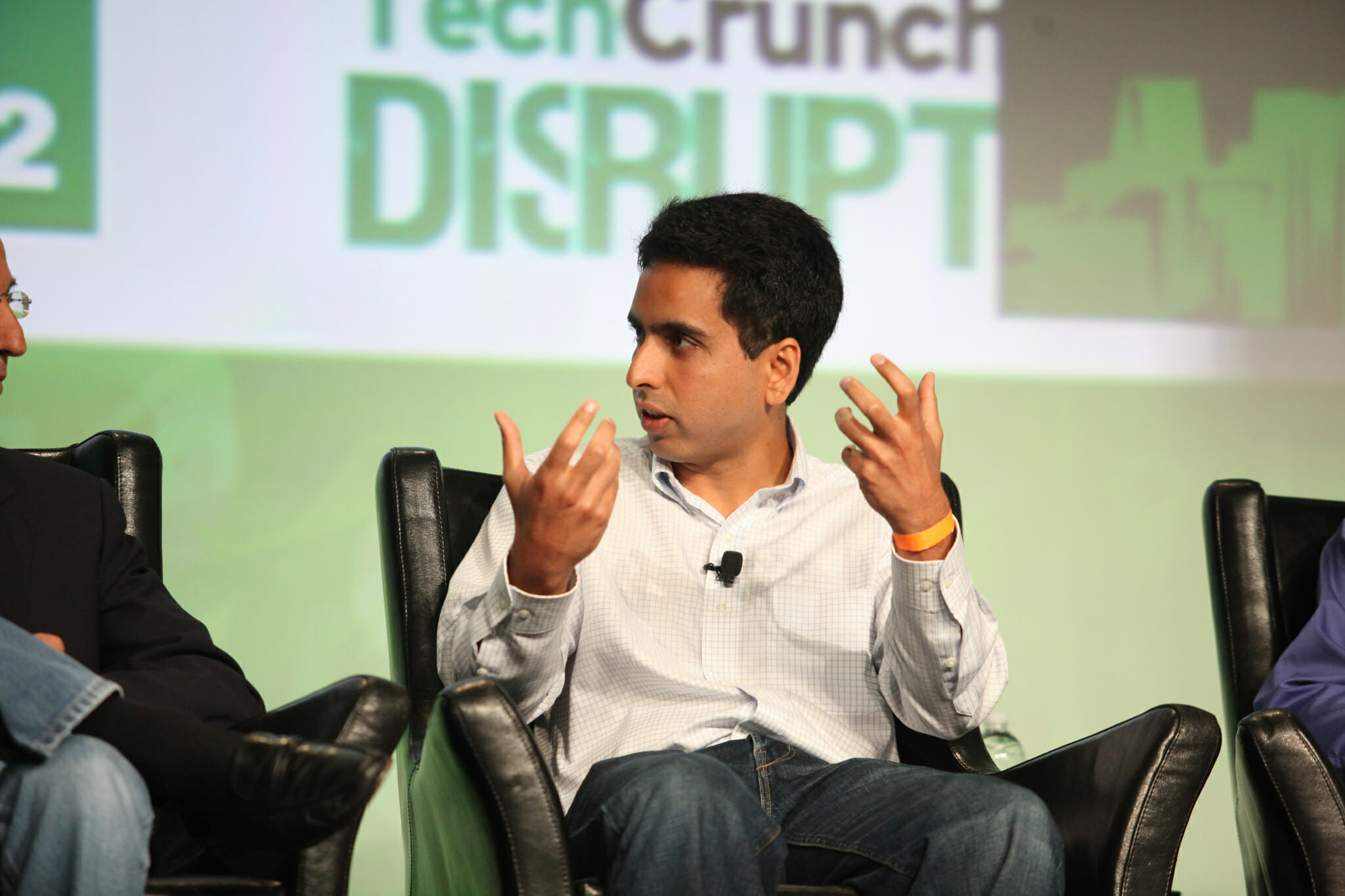
Not school
This kind of lateral thinking that challenges existing frames of reference is often used in approaching and looking for solutions to what have become known as wicked problems: a problem that is difficult or impossible to solve because of incomplete, contradictory, and changing requirements that are often hard to recognize. Wicked problems present the kind of puzzle for which there is no convenient answer at the back of the book; they are complex and unique and attempting to address them may generate more problems (Lawson, 2016); and they arise in the context of social policy issues including environmental, political and economic, in which purely scientific-engineering problem solving approaches cannot be applied because of the lack of a clear problem definition as well as the differing perspectives of multiple stakeholders (Rittel and Webber, 1973). The point of all this in relation to ‘the problem of education’ is to apply this same metaphor of thinking outside the square to thinking outside the classroom, and even outside the school. Education outside the classroom can take many forms, and not always because of political or religious impositions; or resource limitations; but for purposeful, pedagogical and philosophical reasons.
School is the advertising agency which makes you believe that you need the society as it is. (Illich, 1971: 163).
The operation of a peer-matching network would be simple. The user would identify himself by name and address and describe the activity for which he sought a peer. A computer would send him back the names and addresses of all those who had inserted the same description. It is amazing that such a simple utility has never been used on a broad scale for publicly valued activity.[9] (Illich)
The book is more than a critique—it contains suggestions for changes to learning in society and individual lifetimes. Particularly striking is his call (in 1971) for the use of advanced technology to support “learning webs”.[4][5][6][7][8]
The operation of a peer-matching network would be simple. The user would identify himself by name and address and describe the activity for which he sought a peer. A computer would send him back the names and addresses of all those who had inserted the same description. It is amazing that such a simple utility has never been used on a broad scale for publicly valued activity.[9]
Illich argued that the use of technology to create decentralized webs could support the goal of creating a good educational system:
A good educational system should have three purposes: it should provide all who want to learn with access to available resources at any time in their lives; empower all who want to share what they know to find those who want to learn it from them; and, finally, furnish all who want to present an issue to the public with the opportunity to make their challenge known.[10]
Disestablishing schools and promoting networks of like-minded people learning, sharing and caring through educational webs would break the nexus of schooling which – through both the overt and the hidden curriculum – simply reproduced the bourgeois capitalist and commercial culture that was responsible for the problems of society as Illich saw them in 1971. As well as being critical however, Illich was actually very prescient in offering innovative suggestions based on the use of computer technology, with his reference to webs of learning as the reverse of the funnels through which knowledge was transmitted in schools, even predicting social media with his descriptions of computer-based peer-matching networks thirty years before Facebook.
At what point in our lives are we able to take responsibility for our own education rather than be subjected to what someone else believes we should be learning?
Programs operating outside of school restrictions like class timetables and subject lines can also offer a more flexible approach to attendance, which can be negotiated and in some cases includes a weekly afternoon or whole day where attendance is not required. Students may not always attend but keep in touch with teachers via mobile phones and text messaging and often do work ‘at home’, but in some cases the learning centre is the only constant and regular environment if they are couch-surfing or finding home life dysfunctional, distracting or even dangerous.
The clear advantage of ‘doing school differently’ (Bills and Howard, 2016) through alternative educational programs is to offer more flexibility to young people with attendance, curriculum choice, learning pathways and teaching methodologies. Some students simply need more time to cope with studies, however schools are generally not flexible enough to accept a student taking three years to complete one year of schooling. Furthermore, some students simply cannot cope with a full day of school every day, so it is also important to be flexible about attendance, and within the bounds of duty of care obligations, being able to negotiate their own timetable empowers students and actually contributes to increased attendance, rather than enforcing attendance at school for a set number of hours each day which does not seem to work for some young people. In fact with the increased use of flexible and on-line learning methodologies in other education sectors, it is surprising that more alternatives to face-to-face classroom teaching are not being considered in schools. There is also a small but radical movement towards viewing educational provision as a 24 hour-a-day 7 day-a-week concept in order to offer real choice and flexibility, with teachers in alternative settings already reporting the importance of being on call and available after hours by students. While this has all sorts of industrial and resource implications, it is an idea worth expanding upon.
Holt and homeschooling …









2 Comments